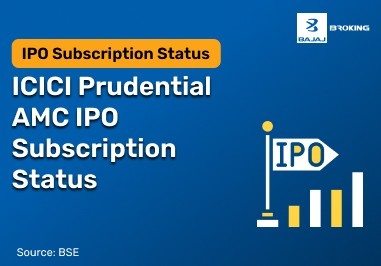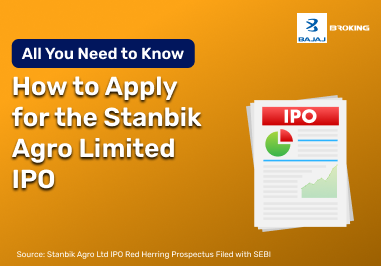What Is a Deemed Prospectus?
A deemed prospectus, as defined in Section 25(1) of the Companies Act, is a document that has the status of a prospectus without being a full, formal prospectus.
Usually, when a company intends to sell its shares, it must submit a prospectus to the Securities and Exchange Board of India (SEBI). However, a document not expressly identified as a prospectus may contain equivalent information and could be used to solicit investments from the public.
The concept of a deemed prospectus becomes relevant when a company plans to issue its shares through an intermediary. This intermediary can be any entity – another company, an issuer or a commercial bank – to which the company transfers its shares or securities for public sale. During this process, a broker creates a document called an Offer to Sell, which serves as a deemed prospectus.
It allows a company to bypass several SEBI regulations in place for a general prospectus. However, all the necessary details must be disclosed for selling securities. All regulations and liabilities made for public issues are also applicable to the sale of shares via a deemed prospectus.
Conditions for an Offer for Sale to Be a Deemed Prospectus
For a company’s Offer for Sale to qualify as a purported prospectus, it must meet the following criteria:
Criterion 1
An intermediary company must offer the issuing company’s shares to the public within six months of its initial sale. This requires full disclosure of details of shares issued to both SEBI and the public, provided the company is seeking to raise capital.
Criterion 2
If a company offers shares to an intermediary without any consideration until the intermediary sells them, it is considered a deemed prospectus. This allows a company to issue shares publicly through an intermediary like a merchant bank or a stockbroker without a formal prospectus. Otherwise, the intermediary would need to file an offer for sale or intended prospectus with SEBI.
Meeting both conditions classifies a company’s offering as a deemed prospectus and is subject to the same regulations as a standard prospectus. The purpose of this designation is to ensure that investors have access to accurate and complete information about securities and thus prevent misleading or incomplete information.
Understanding the Meaning of Deemed Prospectus with Example
Consider a scenario involving a company called XYZ, which aims to distribute its shares to the public without notifying the Securities and Exchange Board of India (SEBI) directly through an intermediary.
In January 2023, XYZ decided to issue its shares through underwriting.
If XYZ decided to offer its shares directly to the public, it would be required to comply with Section 26 of the Companies Act and SEBI regulations. However, XYZ has taken an intermediary route to circumvent these obligations.
In legal terms, when the issuing company seeks assistance from another agency or company, that company is considered to be the agent of the first agency. As a result, its offer for sale document is considered a prospectus for XYZ that meets one of the following criteria:
Criterion 1:
As mentioned earlier, XYZ allotted its shares to the agency in January 2023, with the condition that the issuing agency must offer the shares to the public within 6 months, i.e. June 2023. If XYZ fulfils this condition, its OFS can be recognised as a deemed prospectus.
Criterion 2:
The second criterion states that at the time the issuing agency sold the shares to XYZ, the company should not have received any consideration or appreciation. If this condition is met, the OFS document qualifies as a deemed prospectus filed by the intermediary.
If any of these conditions are met, the offer for sale document is recognised as XYZ’s Deemed Prospectus under Indian law.
Also Read: Red Herring Prospectus
What Is Included in a Deemed Prospectus?
A valid prospectus must contain:
- Information of directors
- Company details (name, address, destination)
- Issued shares (class, voting rights)
- Participants of the memorandum and their stakes
- Minimum subscription amount
- Application, allocation and subsequent payments
- Information about subscribers
- Issuance of company profits and losses from audit reports
Also Read: Greenshoe Option in an IPO
Summary
The deemed prospectus clarifies responsibility for the terms in the prospectus and ensures that liability is borne by the intermediary and the issuing company. It protects investors’ interests and emphasizes the need for careful analysis, research, and alignment with investment objectives before investing. Knowing what a deemed prospectus is and its importance will help potential investors make an informed decision. Download the Bajaj Broking app now to access detailed prospectuses and make informed investment choices.














